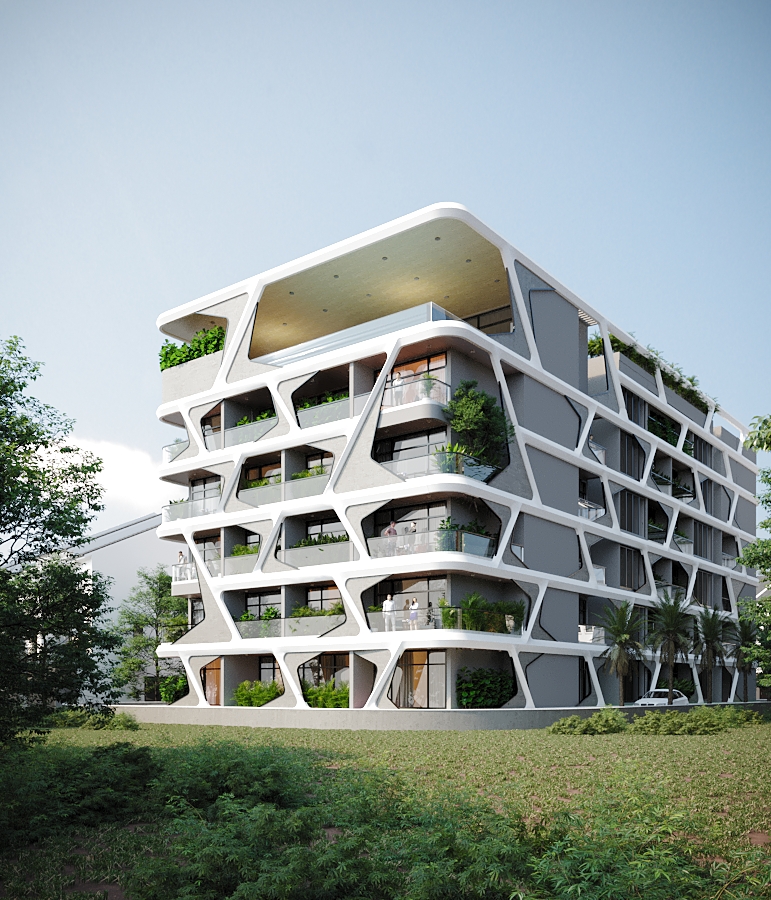The real estate landscape in the United States is undergoing significant transformations as the nation emerges from the challenges posed by the COVID-19 pandemic. As we look ahead to 2024, various trends are shaping the housing market and influencing the way people approach property transactions. Drawing insights from reputable sources such as Forbes, PwC, US News, Architectural Digest, and Business Insider, let’s delve into the key post-pandemic real estate trends that are expected to define the market in the coming years.
1. Persistent Inventory Challenges:
Despite the optimistic outlook for the housing market, one challenge that continues to persist is the limited inventory of available homes. According to Forbes, this scarcity of housing options is expected to drive competition among buyers, potentially leading to increased property values in desirable locations.
2. Steady Pace of Home Sales:
Forbes suggests that the housing market is anticipated to maintain a steady pace of home sales. Despite inventory challenges, the demand for housing remains robust, reflecting a resilient market eager for property transactions. Experts predict a dynamic landscape with opportunities for both buyers and sellers.
3. Evolution of Remote Work Impact:
The PwC Emerging Trends in Real Estate report highlights the ongoing influence of remote work on real estate preferences. With remote work becoming a more permanent fixture in many industries, individuals are increasingly seeking homes that cater to their desire for flexible and comfortable workspaces. This trend is influencing the design and functionality of residential properties.
4. Technology-Driven Market:
As reported by Business Insider, technology continues to play a pivotal role in the real estate sector. Virtual tours, augmented reality, and other proptech innovations are becoming standard practices in property marketing. These technologies not only enhance the homebuying experience but also contribute to the efficiency of real estate transactions.
5. Shifts in Urban and Suburban Living:
The Architectural Digest highlights the evolving preferences for urban and suburban living. Post-pandemic, individuals are reassessing their priorities, with some gravitating towards suburban or rural areas for a quieter lifestyle. The trend of decentralization and a renewed interest in suburban communities is expected to impact property values and development.
6. Affordability and Sustainable Living:
US News emphasizes the importance of affordability in the housing market. As housing prices continue to rise, there is a growing focus on affordable housing initiatives. Additionally, sustainable and eco-friendly features are becoming more prominent in real estate developments, reflecting a heightened awareness of environmental concerns.

conclusion
In conclusion, the 2024 post-pandemic real estate trends in the USA reveal a market marked by resilience, technological innovation, and evolving preferences. While challenges such as limited inventory persist, opportunities abound for those navigating the dynamic landscape of property transactions. As we move forward, staying informed about these trends will be crucial for making well-informed decisions in the ever-changing realm of real estate.










